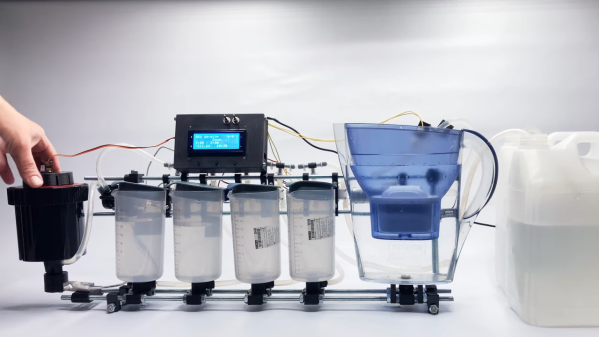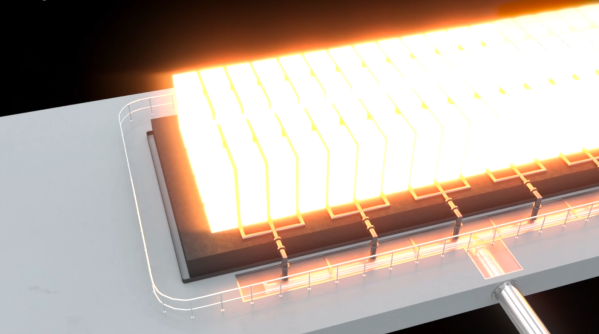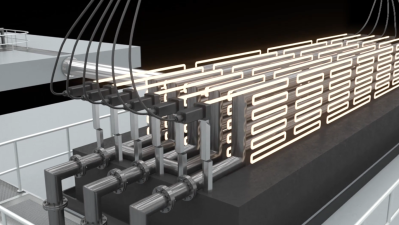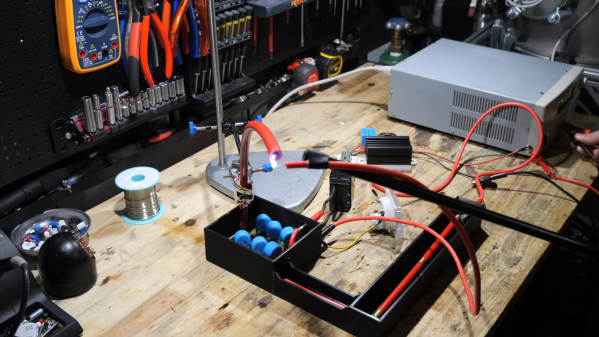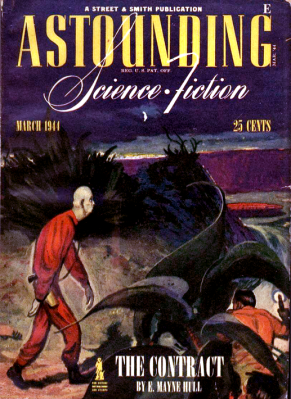
There’s an upcoming movie, Argylle, about an author whose spy novels are a little too accurate, and she becomes a target of a real-life spy game. We haven’t seen the movie, but it made us think of a similar espionage caper from 1944 involving science fiction author Cleve Cartmill. The whole thing played out in the pages of Astounding magazine (now Analog) and involved several other science fiction luminaries ranging from John W. Campbell to Isaac Asimov. It is a great story about how science is — well, science — and no amount of secrecy or legislation can hide it.
In 1943, Cartmill queried Campbell about the possibility of a story that would be known as “Deadline.” It wasn’t his first story, nor would it be his last. But it nearly put him in a Federal prison. Why? The story dealt with an atomic bomb.
Nothing New
By itself, that’s probably not a big deal. H.G. Wells wrote “The World Set Free” in 1914, where he predicted nuclear weapons. But in 1914, it wasn’t clear how that would work exactly. Wells mentioned “uranium and thorium” and wrote a reasonable account of the destructive power: Continue reading “Predicting The A-Bomb: The Cartmill Affair”





